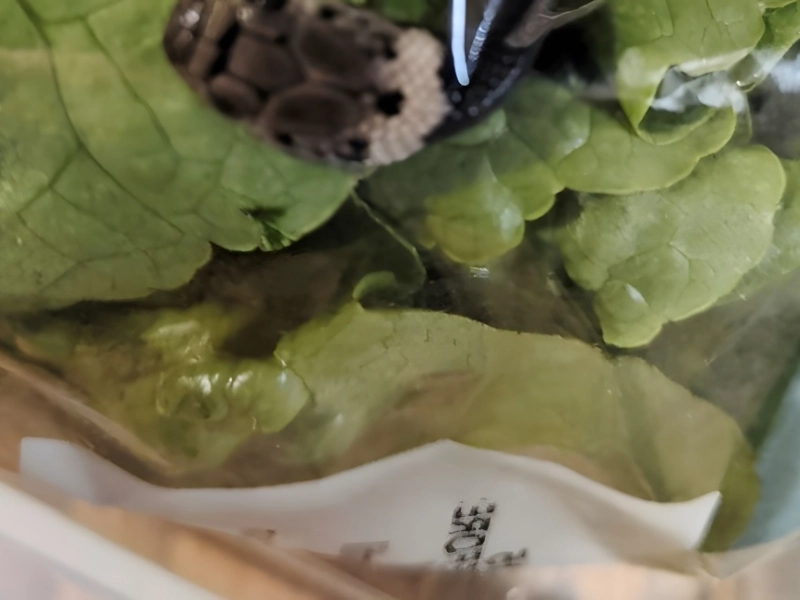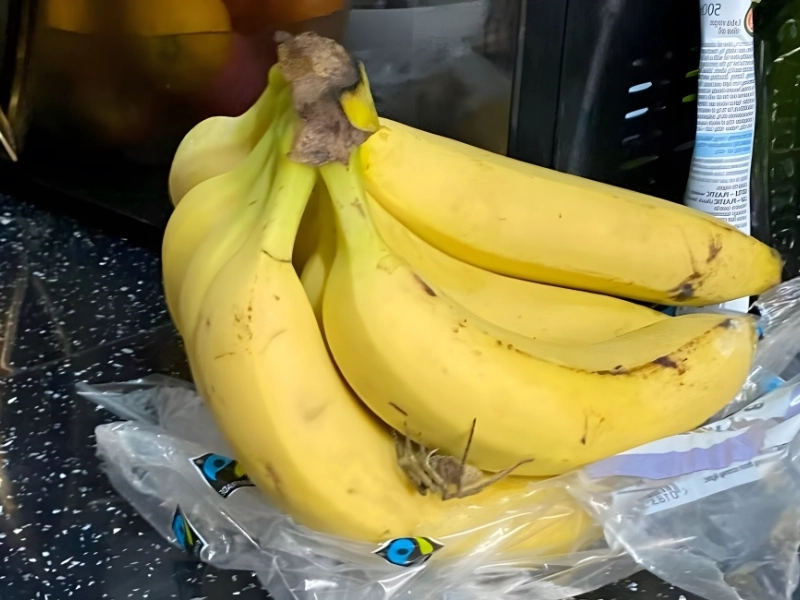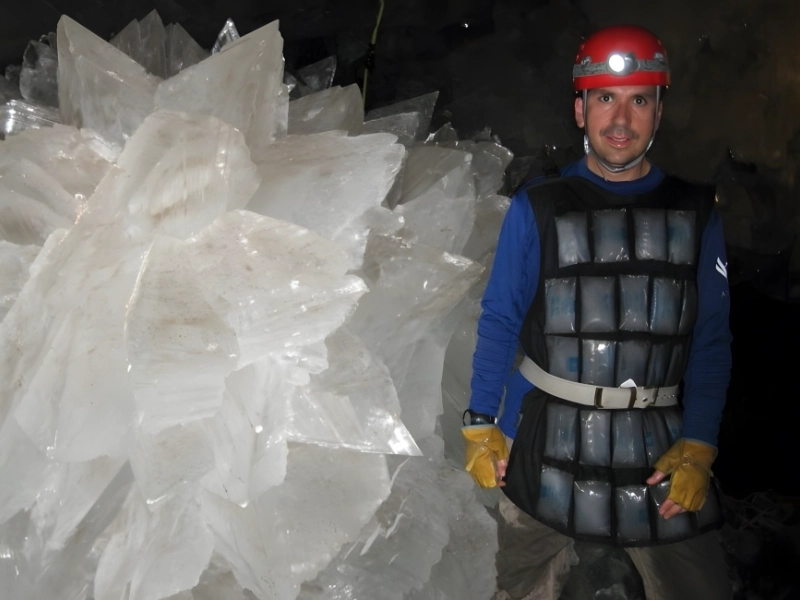10. Poisonous Snake Discovered in Romaine Lettuce Bag
Location: Australia's Sydney
The Year Found: 2021
Estimated Value: Not provided
Well, this may provide you with an excuse not to eat a salad if you were seeking for one. A man and his companion purchased a bag of romaine lettuce in Sydney, Australia's Aldi in 2021. He discovered the bag was moving and writhing when he arrived home and set it on the counter.

Advertisement
Found a Poisonous Snake in a Romaine Lettuce Bag @metrouk/Pinterest
He looked closer, terrified, and saw that a very unhappy poisonous snake was trying to get out of the bag. The customer hastily placed the snake inside a plastic container, closed it, and dialed 911. The snake was put back into the wild, but Aldi claims it's still investigating how it got into a bag of fruit.
11. The World's Most Poisonous Spider Discovered in Store-Bought Bananas
Place: England
The Year Found: 2021
Estimated Value: $100*
In November 2021, a cab driver in England named Jon Stein discovered something rather horrifying in some store-bought bananas. When he returned home after purchasing the bananas, he discovered a "two-inch mass" hanging from them. It wasn't until the mass started to "twitch" that he realized what it was.

Found in store-bought bananas, the world's most venomous spider (@Independent/Pinterest)
He claimed to have seen "big, bony, hairy legs" when he narrowed his focus. Stein's bananas contained not just a partially lifeless spider but also one of the most poisonous spiders on the planet. This South American native spider is called a "wandering spider" because it enjoys spending the nighttime hours exploring forest bottoms. It most likely traveled the world in style after stowing away on imported banana leaves in England and arriving at Jon Stein's residence.
12. 50,000-year-old Life Found in Cave Crystals
Location: Mexico's Cave of Crystals, Naica
Year Found: 2017
Est. Value: Incalculable
The stunning Cave of Crystals in Naica, Mexico, is largely undiscovered due to extremely high temperatures. Nonetheless, it was shown in 2017 that life as old as 50,000 years may have existed in some of the crystals found in the Naica Caves.

50,000-year-old Life Found in Cave Crystals @CBC/Pinterest
No, the life isn’t some small green extraterrestrial. It is made up of long-extinct microorganisms that are dormant and feed on iron and manganese minerals. These bacteria, according to NASA's Penelope Boston, head of the Astrobiologist Institute, are "super life," able to endure in the harshest environments on Earth. Scientists had to put on ice packs and semi-space suits in order to enter the Naica caverns and investigate this phenomenon.